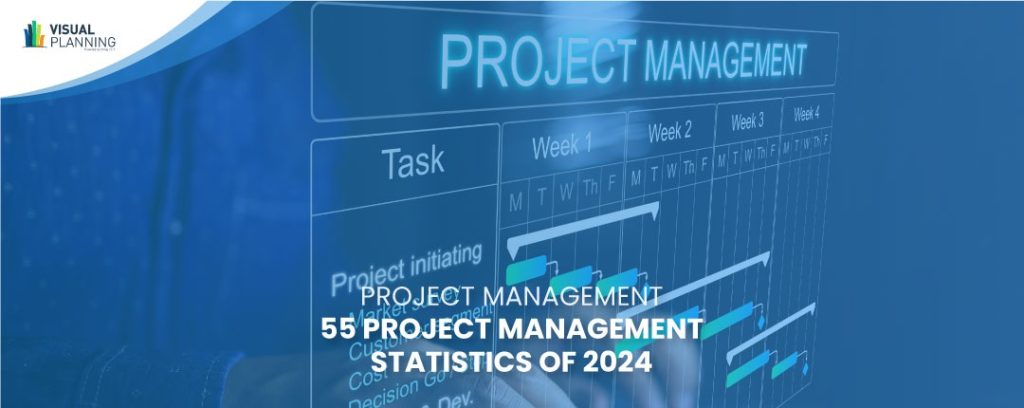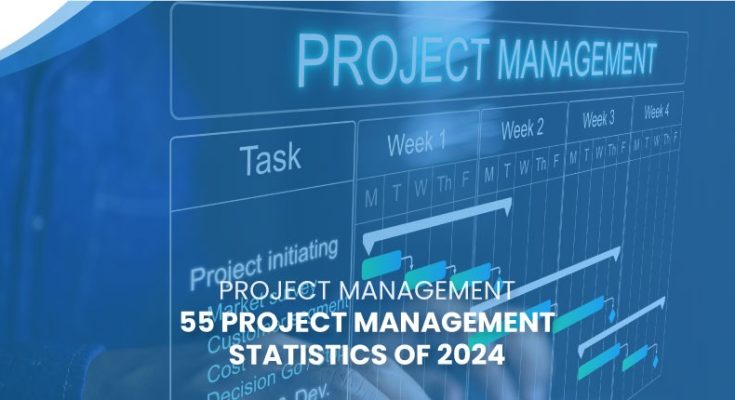
Project management in planning is the process of defining and organizing all aspects of a project before its execution. It sets the groundwork to ensure the project runs smoothly and achieves its objectives. Here’s a breakdown of the key components:
1. Defining Project Objectives and Goals
- Clear Objectives: Set specific goals for what the project should accomplish, using the SMART criteria: Specific, Measurable, Achievable, Relevant, and Time-bound.
- Alignment with Stakeholders: Make sure that these objectives align with the expectations of those who have an interest in the project (stakeholders), like clients, team members, and sponsors.
2. Scope Definition
- Project Scope Statement: Clearly outline what the project will include and exclude. This helps avoid misunderstandings and scope creep, where the project expands beyond its original objectives.
- Scope Management Plan: Create a plan to handle any changes in the project scope, ensuring that additions are necessary and controlled.
3. Resource Allocation
- Resource Planning: Identify all resources needed, such as people, money, equipment, and technology.
- Resource Scheduling: Allocate these resources effectively over the project timeline to ensure they are available when needed.
4. Timeline and Scheduling
- Work Breakdown Structure (WBS): Break down the project into smaller tasks and sub-tasks for better management and tracking.
- Gantt Charts and Timelines: Use visual tools like Gantt charts to map out the project schedule, showing when tasks start and end and how they depend on each other.
- Critical Path Method (CPM): Identify the sequence of crucial tasks that determine the project duration. Delays in these tasks can delay the entire project.
5. Risk Management
- Risk Identification: List potential problems that could affect the project.
- Risk Analysis: Assess how likely these risks are to happen and their potential impact.
- Risk Mitigation Plan: Develop strategies to minimize or avoid these risks and have a contingency plan for unexpected issues.
6. Budgeting and Cost Management
- Cost Estimation: Estimate the costs for each task and the overall project.
- Budget Plan: Create a detailed budget to cover all expected expenses.
- Cost Control: Monitor and control spending to ensure the project stays within budget.
7. Communication Plan
- Stakeholder Communication: Plan how and when to communicate with stakeholders, keeping them informed and engaged.
- Information Distribution: Ensure the right information reaches the right people at the right time.
8. Quality Management
- Quality Standards: Define what quality means for your project deliverables.
- Quality Assurance Plan: Develop processes to ensure work is done correctly.
- Quality Control Measures: Implement checks to maintain the desired quality in deliverables.
9. Project Plan Documentation
- Comprehensive Project Plan: Gather all planning documents into a single, detailed project plan that serves as a roadmap for the project.
- Approval and Baseline: Get approval from key stakeholders and set the plan as the baseline to guide project execution and control.
Conclusion
Project management in planning is essential for setting a clear path to project success. By carefully defining objectives, scope, resources, schedule, and risks, project managers can create a solid foundation that guides the team through the project’s lifecycle, ensuring it meets its goals, stays within budget, and delivers high-quality results.




